Introduction

Specifications
| Loxia 25mm 2.4 | Loxia 21mm 2.8 | |
| Diameter | 62mm | 62mm |
| Length | 69mm | 67mm |
| Filter Thread | 52mm | 52mm |
| Weight | 380g | 370g |
| Max. Magnification | 1:6.4 | 1:7.8 |
| Min. focus distance from sensor | 25cm | 25cm |
| Number of aperture blades | 10 (straight) | 10 (straight) |
| Elements/ Groups | 10/8 | 11/9 |
These comparisons are a lot of work and take quite a bit of time, so if you want to support our independent work please consider using one of our affiliate links when you make any purchase. It won’t cost you more but we will get a small comission. Thank you!
Loxia 21mm 2.8, 1499$ new: amazon.com | amazon.de | B&H | ebay.com | ebay.de (affiliate links) | our review
Loxia 25mm 2.4, 1299$ new: amazon.com | amazon.de | B&H | ebay.com | ebay.de (affiliate links) | our review
Handling / Build quality
These lenses are almost the same. I always have to look at the aperture ring to be sure to pick the right one.
Only difference: the focus ring on the 25mm has less resistance than that on my 21mm and the spacing between 2m and oo is a bit narrower on the 25mm which made precise focusing at infinity a little harder with this lens.
There are almost no non moving parts to grab to mount or unmount the lens, if this is something that may bother you have a look at the Loxia Lens-Grip from PocketPano.
Sharpness Infinity
Center
100% crops from center, A7rII
The 21mm has a bit more edge acuity at f/2.8 than the 25 at f/2.4 and f/2.8. Both reach their peak resolution at f/4.0, after that you can notice the impact of diffraction.
Midframe
100% crops from midframe, A7rII
Pretty much the same as the center.
Corner
100% crops from corner, A7rII
Both lenses have a slight field curvature which seems to hurt the 25mm more until f/2.8. At f/4.0 the 25mm looks better in the corners, at f/5.6 the 21mm catches up a bit again.
Both are very high resolving, well corrected lenses, you will be happy with either in terms of resolution.
If you want to nitpick: the 21mm looks better to me at f/2.8 than the 25mm at f/2.4 and f/2.8. At f/4.0 the 25mm looks better across frame. At f/5.6 there barely is any difference.
Sharpness Close up
Center
100% crops from center, A7rII
In the center the 21mm looks better to me and you barely gain anything from stopping down. The 25mm needs to be stopped down to f/4.0 at least to show a similar performance.
Far midframe (12mm from center)
100% crops from midframe, A7rII
In the 12mm region the Loxia 21mm faces some astigmatism issues wide open and really needs stopping down to f/4.0 for decent performance. Both lenses fare worst in this region of the frame and should better be stopped down to f/5.6.
Border (17mm from center)
100% crops from border, A7rII
In the border region it is pretty much a draw, they both look very similar to me.
All in all a good performance for both lenses as they focus rather close.
Coma
100% crops from corner, A7rII
Similar performance at shared apertures. Despite the high vignetting both can be used for shooting stars, which are less demanding than this cityscape I am showing here.
Bokeh
Scene 1
Scene 2
Scene 3
Scene 4
Scene 5
Scene 6
Scene 7
When adjusting the distance so the subject has the same size (e.g. Scene 1 and 6) the differences in terms of bokeh (quantity and quality) are not really meaningful in my view and I would not base my decision for or against either lens based on this.
The shots from this comparison can be found in full resolution in this album.
Chromatic aberrations (longitudinal)
close up
50% crops from center, A7rII
Both lenses feature the same minimum focus distance (25 cm) so the crops of the 25mm show a larger magnification.
The correction of loCA looks pretty similar to me at shared apertures in this comparison.
Strong backlight
100% crops from center, A7rII
The shots from this comparison can be found in full resolution in this album.
Conclusion
These two lenses are both so good, you can base you decision on what focal length you prefer. Simple as that.
These comparisons are a lot of work and take quite a bit of time, so if you want to support our independent work please consider using one of our affiliate links when you make any purchase. It won’t cost you more but we will get a small comission. Thank you!
Loxia 21mm 2.8, 1499$ new: amazon.com | amazon.de | B&H | ebay.com | ebay.de (affiliate links) | our review
Loxia 25mm 2.4, 1299$ new: amazon.com | amazon.de | B&H | ebay.com | ebay.de (affiliate links) | our review
Other Articles
- Our honest guide to FE lenses
- Overview: Lens Reviews
- User-Guide to wide-angle lenses for Sony a7 a7II a7rII
Support Us
Did you find this article useful or just liked reading it? Treat us to a coffee!
![]()
![]()
![]() via Paypal
via Paypal
This site contains affiliate links. If you make a purchase using any of the links marked as affiliate links, I may receive a small commission at no additional cost to you. This helps support the creation of future content.
Latest posts by BastianK (see all)
- Review: SLRmagic 50mm 0.95 Hyperprime LM - July 5, 2025
- Full Resolution Pictures getting fixed - July 4, 2025
- Analogue Adventures Part 42: A wedding with Eastman Double-X 200 - July 2, 2025
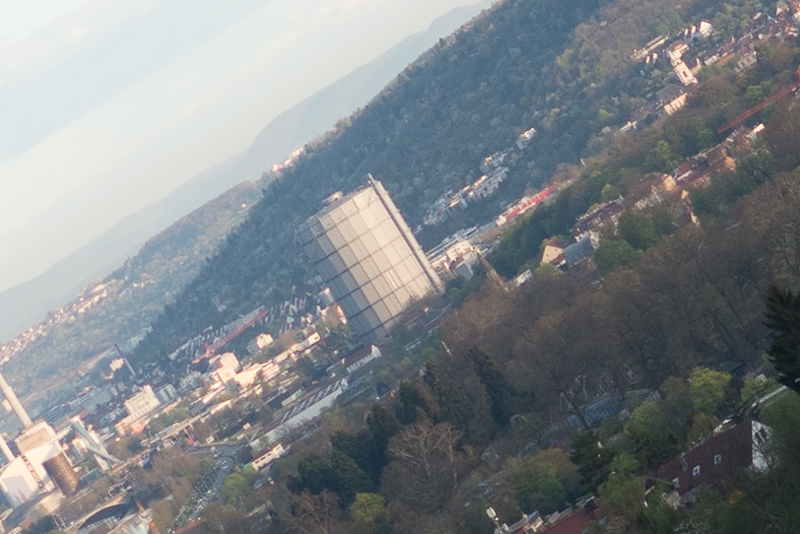























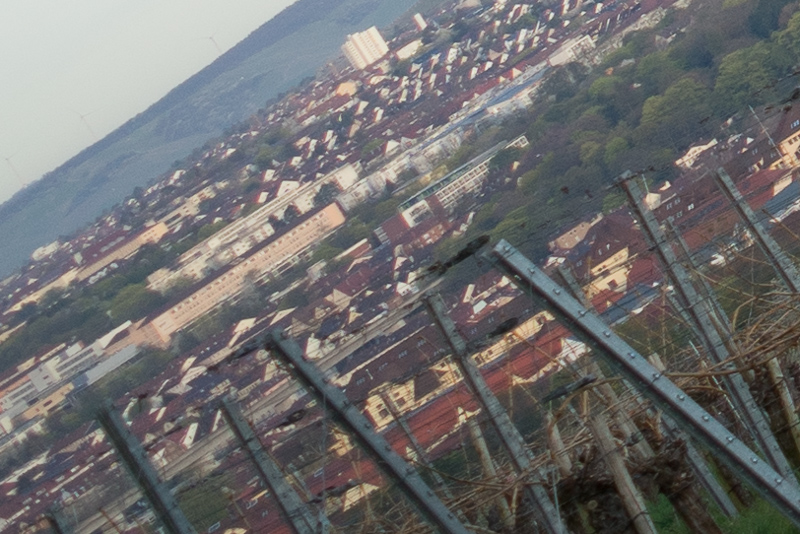








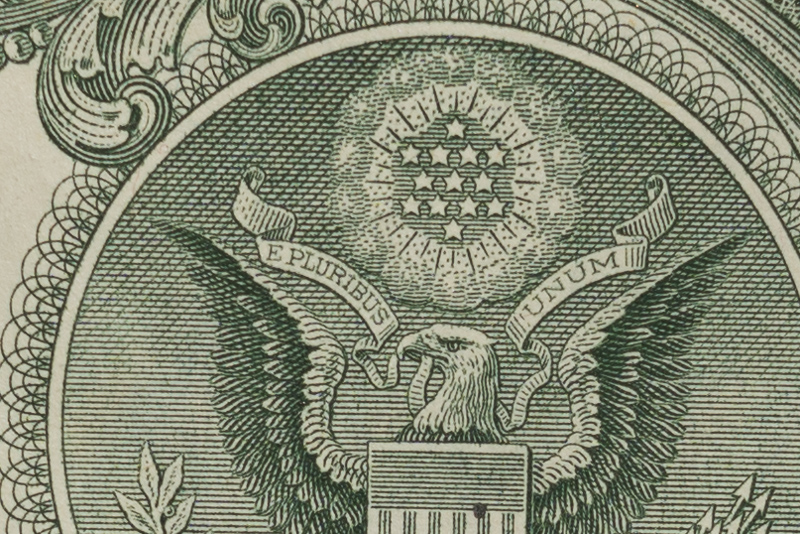











































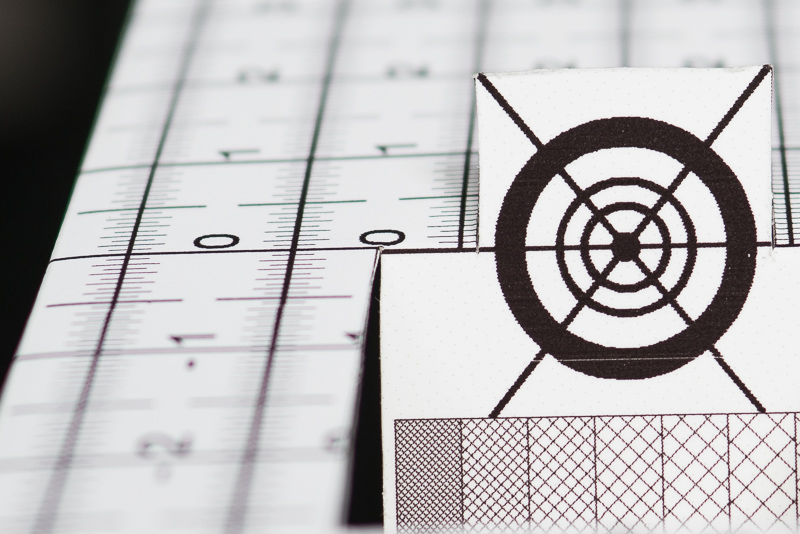



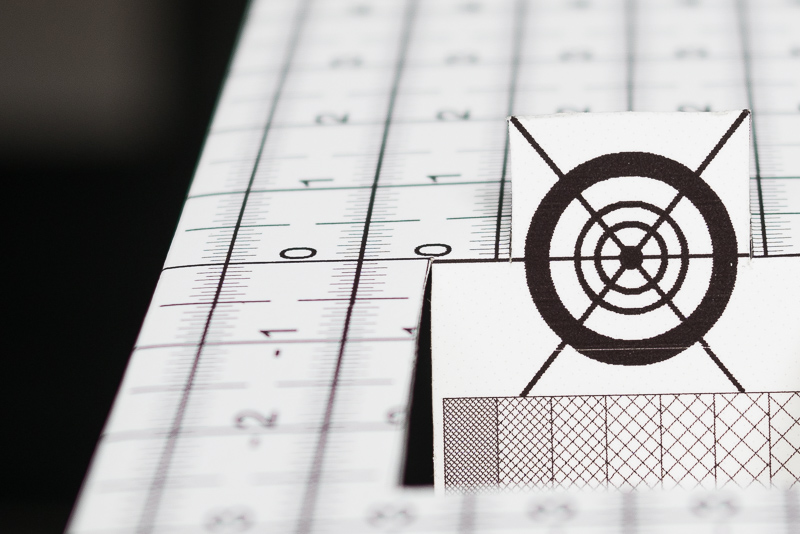










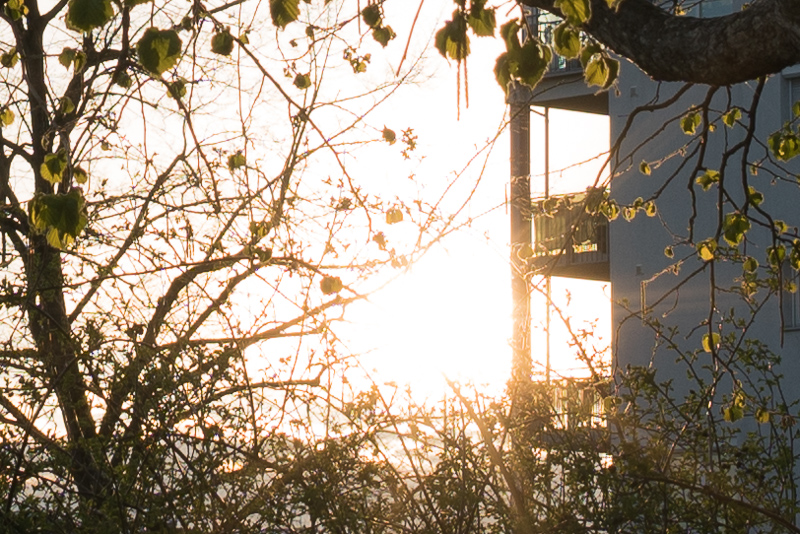


Thank you a lot for this article Bastian.
It seems these two lenses are wonderfully made.
I loved the job you did on the Bokeh comparaison. It would have not believed this slight difference of focal lens makes a huge impact on the perspective, especially on the scene 6!
Have a good day,
Thomas
When it comes to wideangle lenses it is indeed difficult to guess the difference by only looking at the focal lengths.
Thank you very much, this is a great comparison!
I’m now officialy saving up for the 21mm 🙂
Collecting data, sample images and infos here and there on the net I had a slight sense that I like the performance of the 21mm better (especially because of CA), but nowhere else is it nearly as clear as it is in this comparison, however similar the two lenses are.
Best regards
Glad I could help 🙂
I like the review, particularly the outcome. As i view the images, i couldn’t see much differences at a glance, but somehow the 21mm looked sharper in the center of some of the images. It’s also tricky to judge as the pictures have a slightly different composure due to the focal length.
To summarise that both lenses are equally as good and it’s down to preference of focal length, is good to read (as a 21mm owner), but also brings back the question as to why they made a 25.
At f/2.8 in almost every comparison the 21mm looked sharper to me as well.
Whether that is actually field relevant, I am not so sure.
The 42mp sensor is really quite revealing and for most people these subtle differences will rarely – if ever – be visible, that is my guess at least.
The choice of focal lenghts though is a bit of a mystery to me, too.
Great work as always, Bastian, and very much appreciated. Do you have plans to do a similar comparison vs. the Batis 25? I’m sure the Loxia 25 will have an advantage, though I’m dying to know whether it’s enough of an advantage to warrant selling my Batis to make the switch.
Thank you!
I won’t be doing such a comparison. The Loxia 25 we already had to send back to Zeiss and seriously, whether someone leans more towards the Batis 25 or the Loxia 25 is mostly a question of AF, form factor and sunstars, less so a question of image quality.
Thanks for the detailed test. However, I was wondering this strange slight loss of sharpness between 4 and 5.6. I think it’s not diffraction, it’s a slight focus jump. I’ve repeated the test on my Loxia 21 and can confirm: 5,6 and 4 are equally sharp if you re-focus at 5,6
I’m getting the sense that the 21 is still better for astro due to the flatter field wide open, but as a landscape lens they’re even.
Looks like I’m back to looking for the 21 or waiting for the rumored 24 GM.
Bastian, Many thanks for the review. I am quite interested in the 21mm but would like your opinion on how much better it would be than the Nikon 20mm 2.8 AFD which I already own, if you have ever used one.
Loxia is visibly better in every imaginable way.
Good Job Phillip, keep on going !
Thank You
To my eye the 21 is sharper in the dollar bill close ups. In the Bokeh scenes the 21 has a 3-D quality missing in the 25. Maybe it is because the more gradual drop off in definition creates more perceived dimensionality. In the search for the ultimate in lens quality I think the 21 wins.
Could you replicate the dimensionality of the 21 by stopping the 25 down?
I doubt it, but I didn’t make such a comparison.
Great job, I think many of us had doubts about what a comparison between both lenses would look like, so thank you very much! It seems to me that in the detail review, there may be brief differences such as sharpness or astigmatism, but in field photography they would not have as much relevance as the perspective that is practically the most notable difference of these lenses, such as “wide angle, how much?” because even the color is almost almost identical.
I have the Loxia 35mm and the Voigtlander 10mm, I chose the Loxia 25mm and I am very happy with it. Also the big question will be: Why a 21 and a 25? will there be a 23 after?
Thank for your review!
How’s Loxia 25’s sunstar compare to Loxia 21″s?
Does Loxia 25 still got the amazing sunstar like Loxia 21?
I really like the sunstar of Loxia 21, but I like 25mm focal length a little bit more.
Thank you very much!
Pretty much the same.
Illuminating comparison!
I understand you haven’t reviewed the Sony 16-35 f/2.8 GM yet, and perhaps don’t have plans to do so either. I would, however, find it an interesting comparison point with regards to both 21mm & 25mm Loxias, as well as the 35mm Loxia, and 18mm & 25mm Batis lenses.
Personally I find both wide-angle Loxias very compelling, and believe they could complement eachother well as part of a more widely featured lenskit. I also believe both wide-angle Batis lenses provide different qualities for distinct uses. If the Sony wide-angle GM zoom can cover both functionality and IQ of the 3 mentioned Loxias ant the 2 Batis, and deliver 16mm as well, it no longer appears too large or heavy, let alone expensive. Only 2 of any of the 5 lenses mentioned would be more expensive, and equally heavy in your bag, making the wide-angle GM a lot more attactive, price & weightwise.
Considering that you have offered the Sony Zeiss f/4 wide-angle, as well as the 24mm & 85mm GM lenses consideratiom and reviews – albeit their perhaps better design, manual aperture ring, wider aperture, etc. – I’d argue a review of the 16-35 f/2.8 GM, would be interesting and pertinent indeed. If IQ, the total weight of your bag, bang for buck and versatility are to be factored in, I see no reason why the 16-35 GM wouldn’t be a solid choice, considering the obvious trade-offs, and have all the right merits to deserve a recommendation.
The GM offers good contrast, resolution, color rendition, bokeh, and convenient minimum focussing distance and magnification, as well as well controlled distortion and CA. That being said, a thorough comparison against the Zeiss competitors mentioned, would make an interesting verdict for buying choices this christmas.
Long post and just my grain of sand, of course, but I’d very much like to see how the GM holds up against the wide-angle Loxias & Batis. The comparison hasn’t really been made anywhere else that I am aware of.
Keep up the fine work!
Salut!
Schade, dass ihr nur auf englisch schreibt. Grad Bastian K ist ja fast ein Nachbar. Ich habe dir mal deine Sony A7 abgekauft, weißt du noch? Du hast eine Schublade rausgezogen und mir deine Objektive gezeigt. Ich hatte mehr Augenmerk auf dein Foto über dem Sofa. Die Kochertalbrücke bei Nacht. Und jetzt kämpfe ich mich hier durch lauter englische Fachbegriffe. Puh!
Kann ich mich natürlich noch dran erinnern 🙂
Die Übersetzung von Internetseiten, bspw. mit Googles Chrome Browser, funktioniert mittlerweile recht gut, vielleicht das zunächst mal ausprobieren, bevor du alles nachschlagen musst 🙂
Hi Bastian,
MTFs are not “everything”, but if MTFs are not great how should the rest of the lens be really great?
From this perspective I am comparing the Batis 2.0/25 with the Loxia 2.4/25 mm and my impression is that the Batis needs to be stopped down to F4 to be on par with the Loxia at F2.4. => Do you agree?
What I also don’t comprehend is why the Batis has such good dust and moisture sealing, whereas at the Loxia not much of that is present. Both families are of similar age. Therefore, I am wondering what Zeiss had. => Any idea?
When looking at the MTFs only your observation is correct. But they do not take into account sample variation.
It is possible you get a very good Batis and a not so great Loxia so the differences can be very small.
But on average, the Loxia is the better performer here.
I don’t exactly have any trust in any weather sealing claims of any lens manufacturer/series.
And neither should you, as most likely they will never repair your lens for free if it had some water damage.
Also until someone tried both lenses under the same exact weather conditions (which afaik no one ever did and I doubt anyone will ever do)
I would be very careful with attesting the Batis series significantly better dust and moisture sealing.
Apart from that it is obviously easier to seal a lens with little to no mechanical connection between external control elements and internal helicoids or aperture diaphragms, as you can find on the Loxia series but not on the Batis series.
But then the Loxia lenses feature way less electronics, so even if the sealing is worse the longevity under these conditions may still be better.
Hi Bastian, I was just wondering from your expertise. Which would you think would be the better focal length for a walk around lens, the 35mm or the 25mm?
Personally I have very little love for 24/25mm focal length.
If I walk around and it may happen that I take pictures of people I prefer 28 or 35.
If I walk around and I want to take pictures of landscape/architecture I prefer 21.
Understood, and if you had to choose between the loxia 35mm or the 7artisans 28mm, which lens would you choose and why?
Instead of asking me which lens I would buy it probably makes more sense to
first think about what matters to you (wide open performance, bokeh, coma correction, contrast and so on)
then have a look at the reviews of these lenses – at least the Pro/Con tables – and then decide for yourself,
which lens is the best fit to your needs.
That way you may find out what is the right lens for you, instead of finding out what is the right lens for me.
Oh yeah for sure. What you said correct and my intentions are to pick one for my needs. I was only asking which would you choose, to help me decide for myself. Given the fact you review so many different lenses, your expertise is much appreciated. I’ve only ever used and own one lens and thats the 55mm f1.8. I’m looking to purchase and wide angle/ walk around lens. That’s why I asked which focal you think is better for that style of shooting. I’ve read those reviews over and over lol. And I just can’t seem to make up my mind. Do I go with the more expensive native mount or do I go with the adapted lens? I’ll continue to do some research, there’s just not much on the 7artisans lens
Yeah, apart from here you won’t find much on the 7artisans 28mm 1.4 FE+ version.
But if you like the 55mm 1.8, maybe the best fit is the Sony 28mm 2.0?
If you have never used a manual lens there is a bit of a learning curve, so I imagine you might be happier with that Sony lens.
Yeahh your right. I keep forgetting about Sony 28. I have seen many great things on that lens. It is the budget option after all. Thank you sir. Keep up the good work. I check the site literally every day ?
Ok so if I had the cash I would definitely snag one of these. Instead I opted for the inexpensive pentax 28mm f3.5. Despite it’s reputation, I was not as pleased with it. There is nothing wrong with it really but there isn’t anything terribly right about it either IMO. There is something about the Zeiss lenses where there is a sort of pixel to pixel smoothness and sharp edges don’t look so harsh in pictures. There is a sort of combined softness and high resolution. However, I’ve found the harshness of edges to be a problem on my FiRIN 20mm as well as the pentax 28. On some of my less wide lenses this isn’t a problem I’ve seen. I was wondering if there are any lenses that are less than $600 that are in the 18-28mm realm that 1) have good corner to corner resolution stopped down but aren’t so “harsh” looking. 2) have really great flare resistance. 3) good contrast and 4) somewhat smallish. Thanks!
Buenos días Bastiank.
Enhorabuena por el longevo y gran trabajo que llevas realizando desde hace tantos años y del que sigo aprendiendo.
Tengo una A7R IV y acabo de comprar una Loxia 21mm por internet nueva y al 50%, pero aún no me ha llegado….. Acabo de leer en varias reviews, que todas las Loxia Zeiss tienen problemas de “enfoque loco”.
¿Ha tenido algún problema parecido? y si es así ¿tiene alguna solución conocida?.
Gracias y enhorabuena ㊗️ por su trabajo. Saludos
Hello,
I have never encountered any issues like that myself, but I also don’t have an A7rIV,
my latest Sony camera is an A7III.
Gracias por la pronta respuesta pero……
al parecer hay problemas con varios modelos de cámaras:
https://www.google.com/url?sa=t&source=web&rct=j&opi=89978449&url=https://www.thephoblographer.com/2023/03/27/our-zeiss-loxia-lens-reviews-received-an-important-update/%23:~:text%3DEditor%27s%2520Update%2520January%25202023%253A%2520Zeiss,of%2520the%2520focus%2520magnification%2520mode.&ved=2ahUKEwi4nYil1vqCAxVEfKQEHTPOBZEQFnoECA0QBQ&usg=AOvVaw1kOzUB-aoVY4SPA5JktFDj
Por otro lado dicen que se debe a un problema de la información y/o interpretación del sistema de codificación del iris de la lente.
Algún usuario ya ha mandado lentes a Zeiss y esto es lo que les han dicho:
https://www.reddit.com/r/SonyAlpha/comments/12x8pjy/a7rv_zeiss_loxia_50mm_problem/?rdt=43679.
Una sola pregunta más……recomendarías en 2023/4, la Loxia 50mm?
Hay un 50% descuento (350€ nuevo).